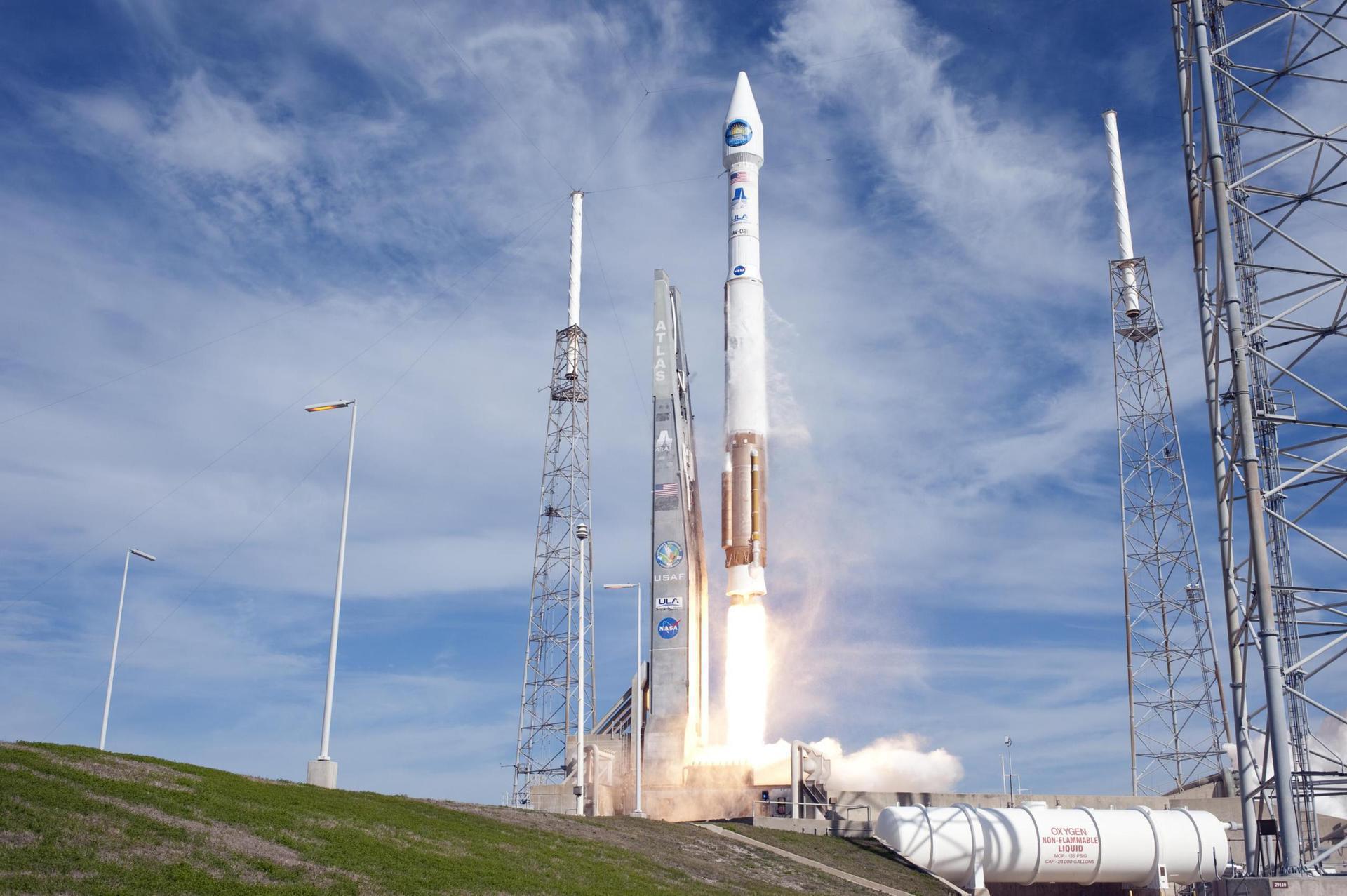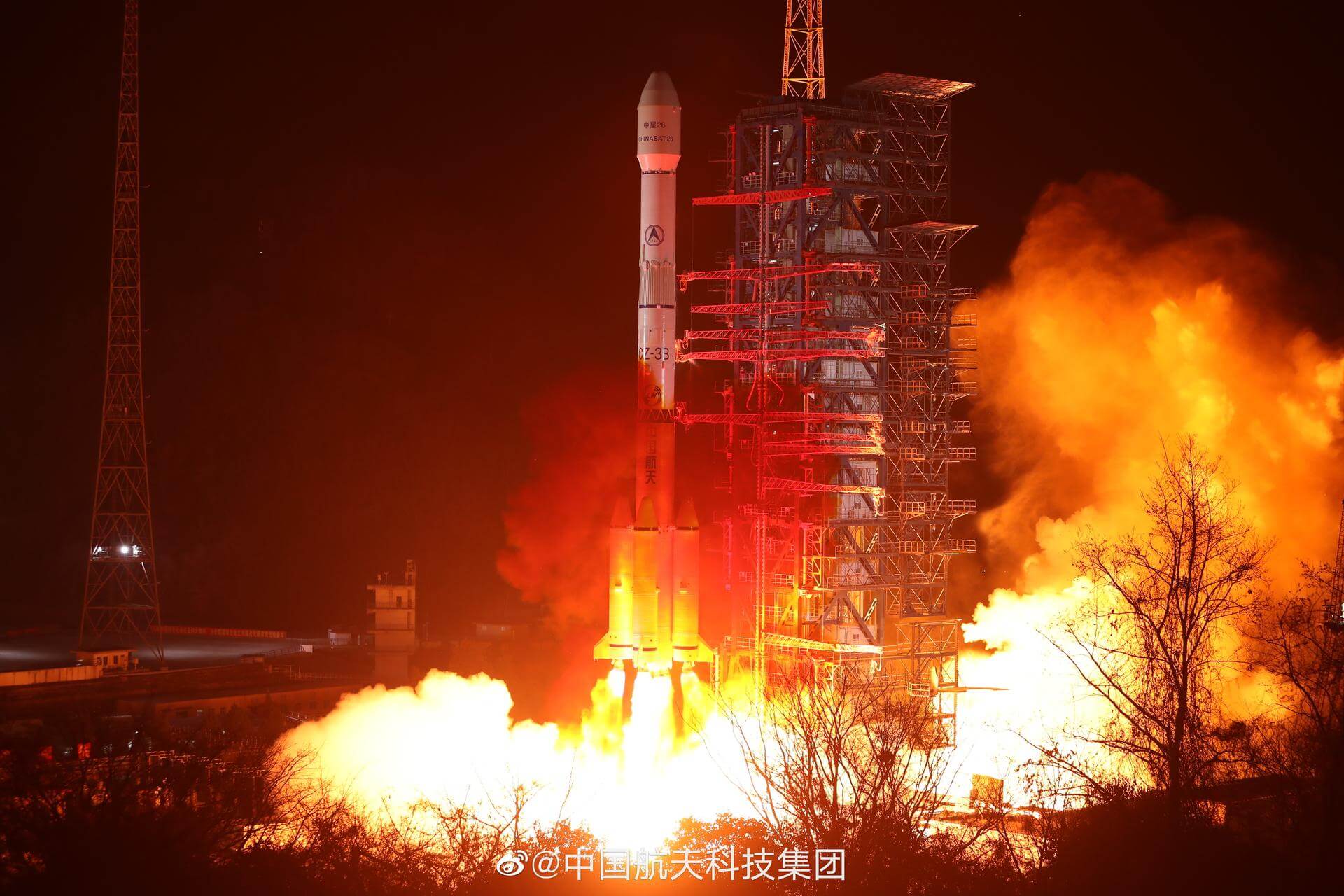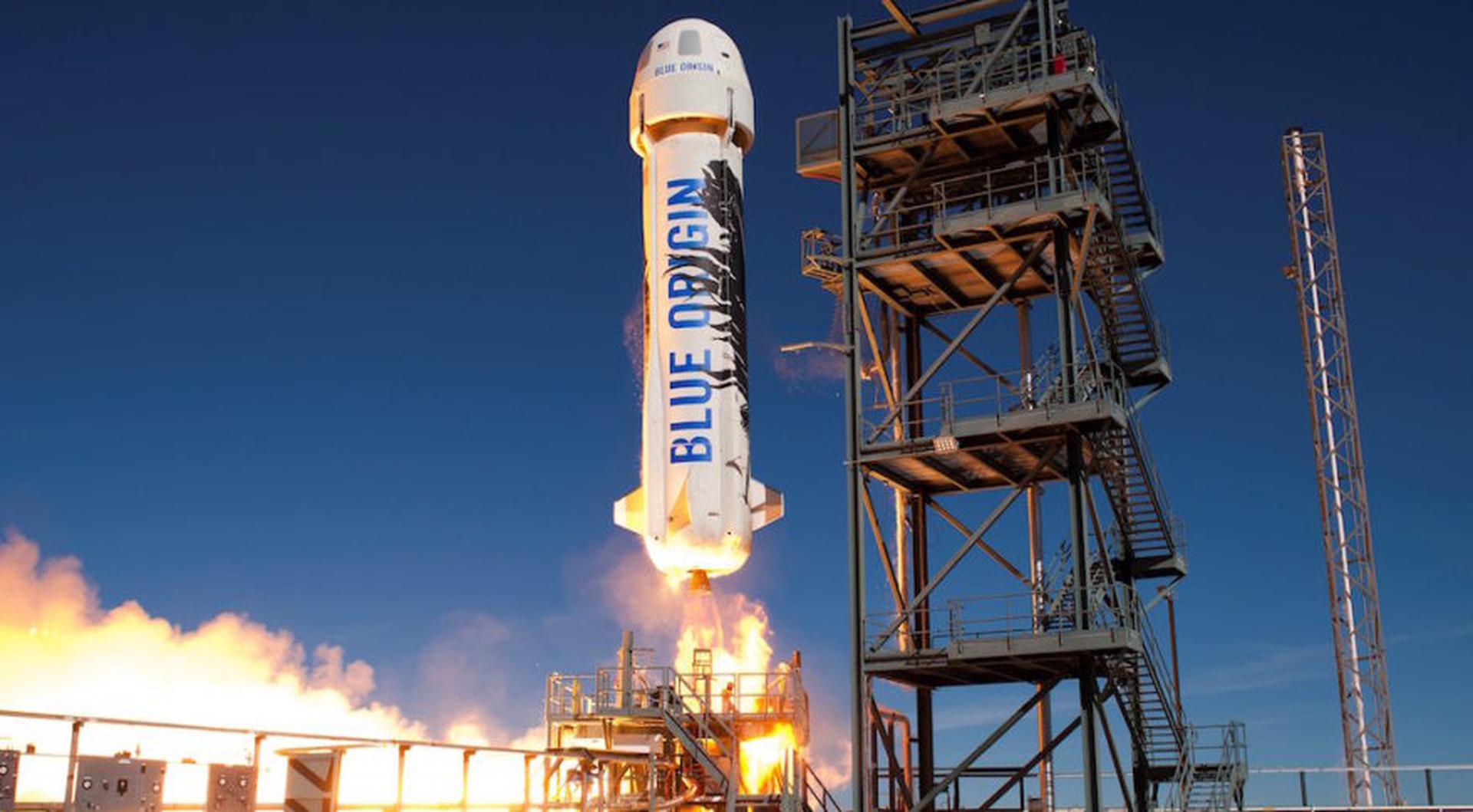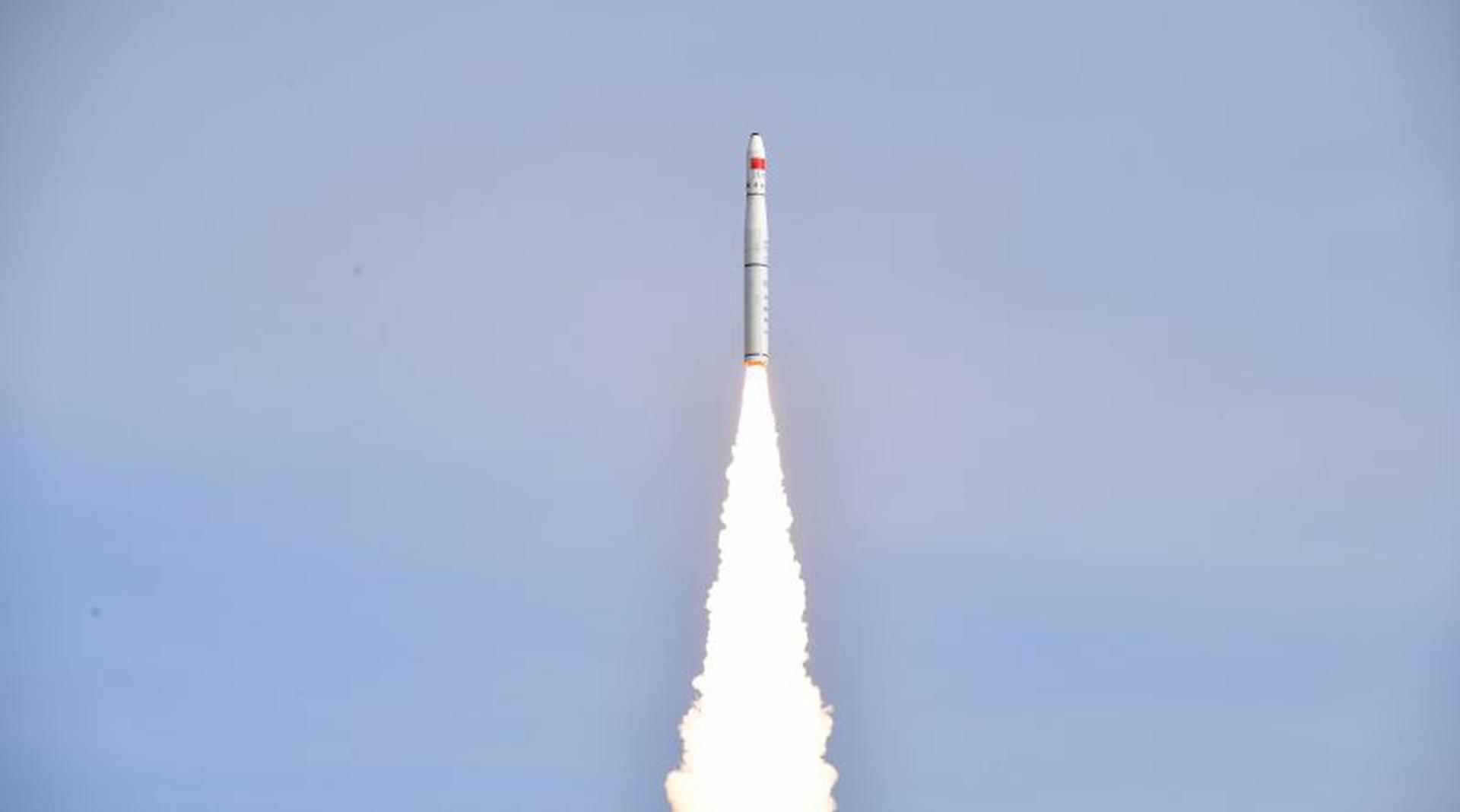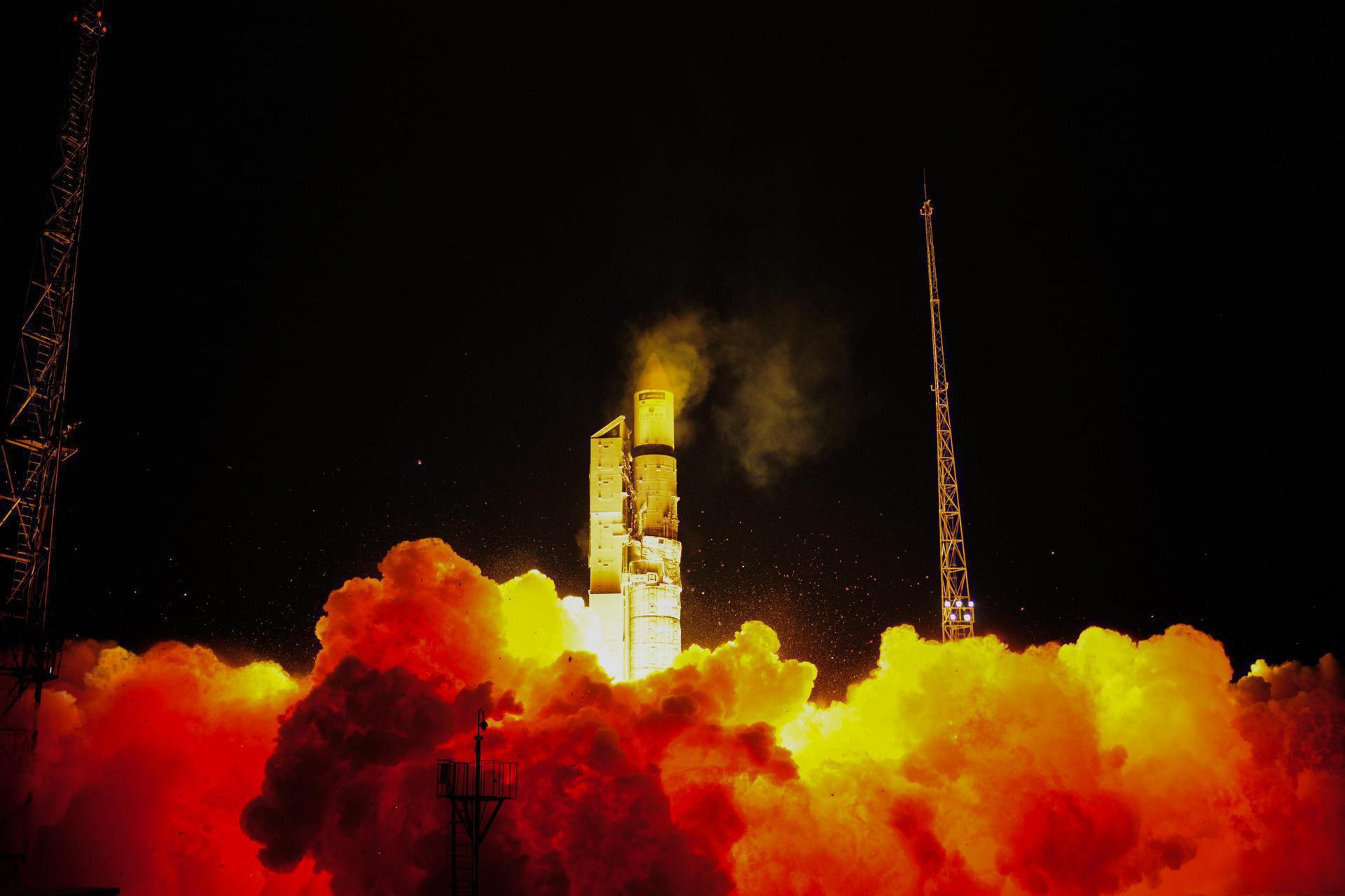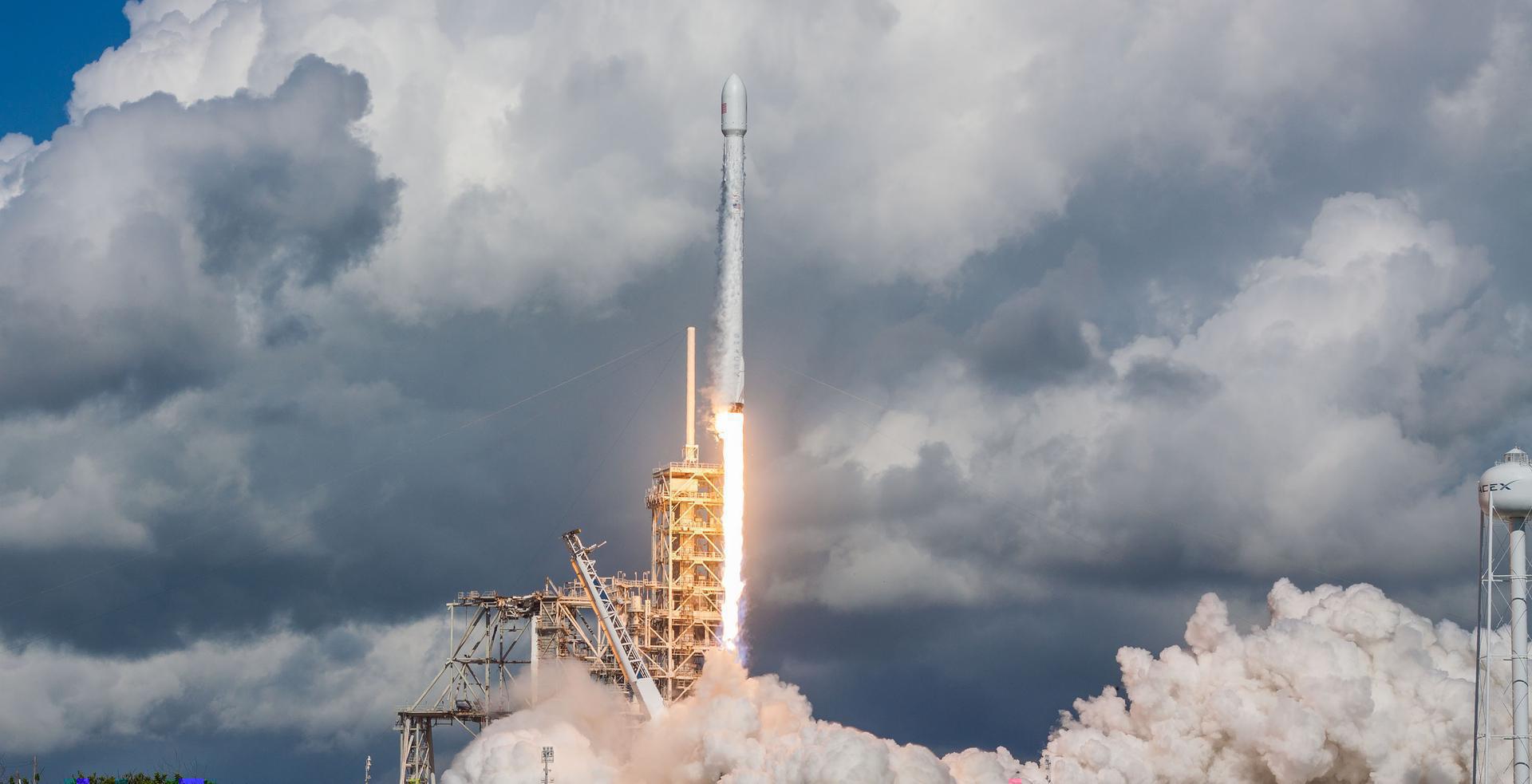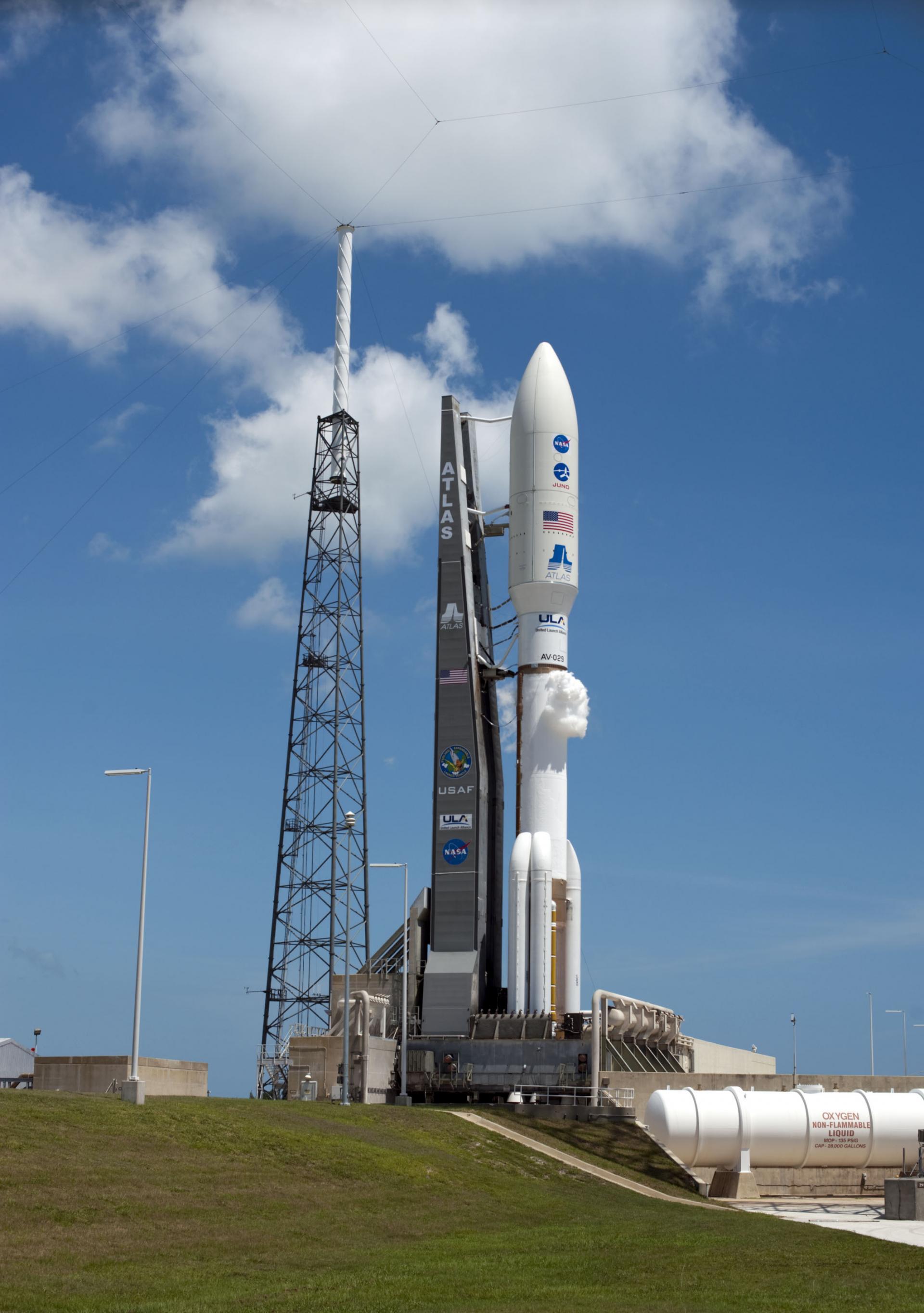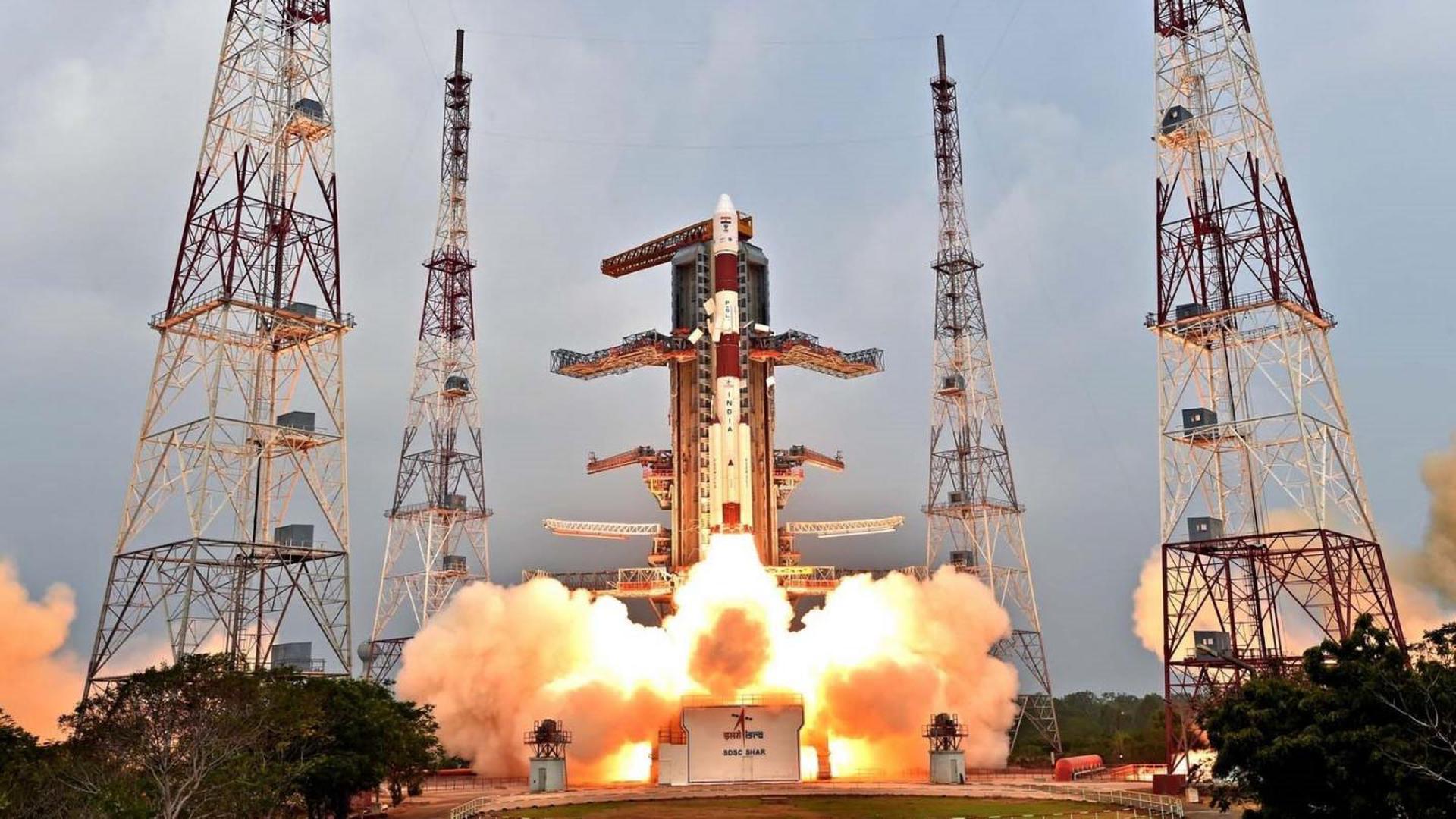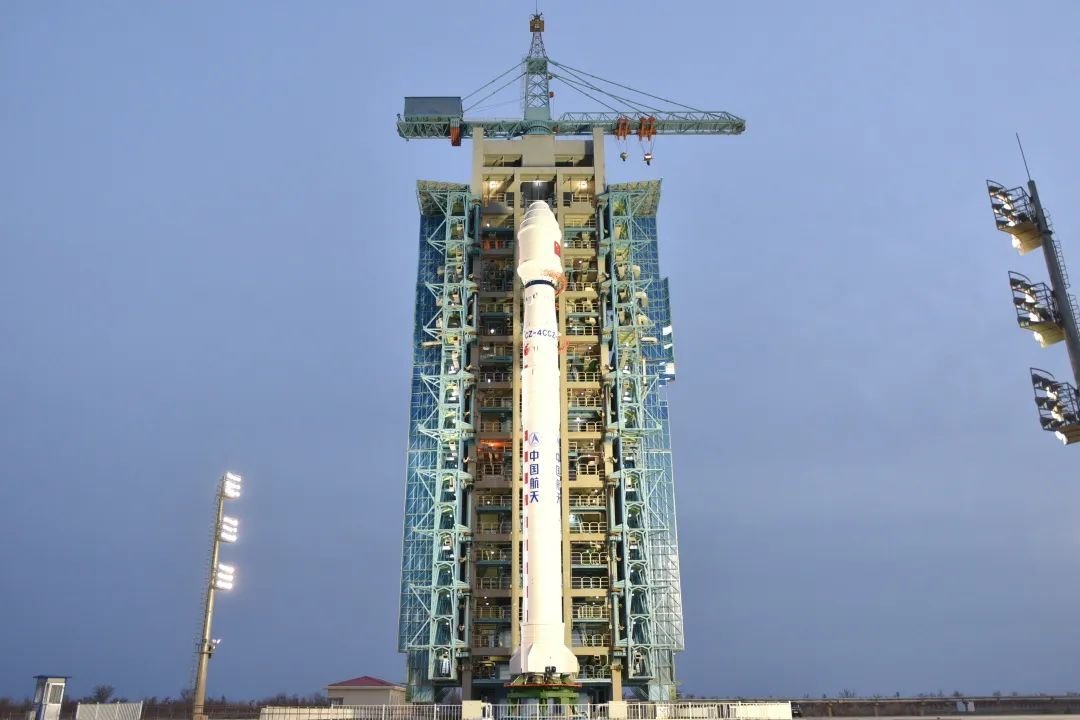Previous Spaceflight Launches
Filter by Agency, Locations or Vehicles
Show All LaunchesAtlas V 401 | InSight, Mars Cube One 1 & Mars Cube One 2
United Launch Alliance | United States of AmericaVandenberg SFB, CA, USA
May 5, 2018, 11:05 a.m.
Status: Launch Successful
Mission:
InSight is a robotic Mars lander designed to study the interior and subsurface of Mars, which would in turn help scientists to understand the Earth and Solar System history. Two 6U CubeSats will piggyback with the InSight mission to help relay communications during the probe's entry, descent, and landing (EDL) phase.
Heliocentric N/A #InSightLong March 3B/E | APStar-6C
China Aerospace Science and Technology Corporation | ChinaXichang Satellite Launch Center, People's Republic of China
May 3, 2018, 4:06 p.m.
Status: Launch Successful
Mission:
APStar-6C is a commercial communications satellite for APT Satellite Company Ltd under an end-to-end contract signed with China Great Wall Industry Corp. (CGWIC) for satellite production and launch services. It will deliver VSAT, video distribution, Direct-to-home television and cellular backhaul to the Asia-Pacific Region.
Geostationary Transfer OrbitNew Shepard | NS-8
Blue Origin | United States of AmericaCorn Ranch, Van Horn, TX, USA
April 29, 2018, 5:07 p.m.
Long March 11 | Zhuhai-1-02
China Aerospace Science and Technology Corporation | ChinaJiuquan Satellite Launch Center, People's Republic of China
April 26, 2018, 4:42 a.m.
Rokot / Briz-KM | Sentinel-3B
Russian Aerospace Defence Forces | RussiaPlesetsk Cosmodrome, Russian Federation
April 25, 2018, 5:57 p.m.
Status: Launch Successful
Mission:
Sentinel-3B is the second in a constellation of earth observation satellites developed by ESA to provide near real time data for the Global Monitoring for Environment and Security Program. Sentinel-3B contains a temperature scanner, colour instrument and altimeter for monitoring the sea and land. The satellite focuses on providing accurate data about the oceans and in addition also provides information about wildfires and vegetation.
Sun-Synchronous OrbitFalcon 9 Block 4 | TESS (Transiting Exoplanet Survey Satellite)
SpaceX | United States of AmericaCape Canaveral SFS, FL, USA
April 18, 2018, 10:51 p.m.
Status: Launch Successful
Mission:
The Transiting Exoplanet Survey Satellite (TESS) is a NASA space telescope, designed to search for exoplanets using the transit method. TESS will identify planets ranging from Earth-sized to gas giants, orbiting a wide range of stellar types and orbital distances. The principal goal of the TESS mission is to detect small planets with bright host stars in the solar neighborhood, so that detailed characterizations of the planets and their atmospheres can be performed.
High Earth Orbit #TESS B1045 - Maiden Flight Of Course I Still Love YouProton-M/Briz-M | Blagovest No.12L (Kosmos 2526)
Khrunichev State Research and Production Space Center | RussiaBaikonur Cosmodrome, Republic of Kazakhstan
April 18, 2018, 10:12 p.m.
Atlas V 551 | AFSPC-11
United Launch Alliance | United States of AmericaCape Canaveral SFS, FL, USA
April 14, 2018, 11:13 p.m.
Status: Launch Successful
Mission:
Primary payload of the mission is the Continuous Broadcast Augmenting SATCOM (CBAS) satellite, which will be placed in geosynchronous orbit. It will continously relay data from from existing military communications satellites to support senior leaders and combatant commanders. This mission will also launch a number of secondary payloads hosted on the ESPA Augmented Geostationary Laboratory Experiment (EAGLE).
Geostationary Transfer Orbit #AFSPC11PSLV XL | IRNSS-1I
Indian Space Research Organization | IndiaSatish Dhawan Space Centre, India
April 11, 2018, 10:34 p.m.
Status: Launch Successful
Mission:
This is a replacement satellite for the IRNSS-1H of the Indian Regional Navigation Satellite System. The constellation will provide India with an alternative to GPS and will be used for military and civilian use. Located at a geosynchronous orbit, the system will be operated by the Indian government.
Geosynchronous Transfer OrbitLong March 4C | 3 x Yaogan-31-01
China Aerospace Science and Technology Corporation | ChinaJiuquan Satellite Launch Center, People's Republic of China
April 10, 2018, 4:25 a.m.
